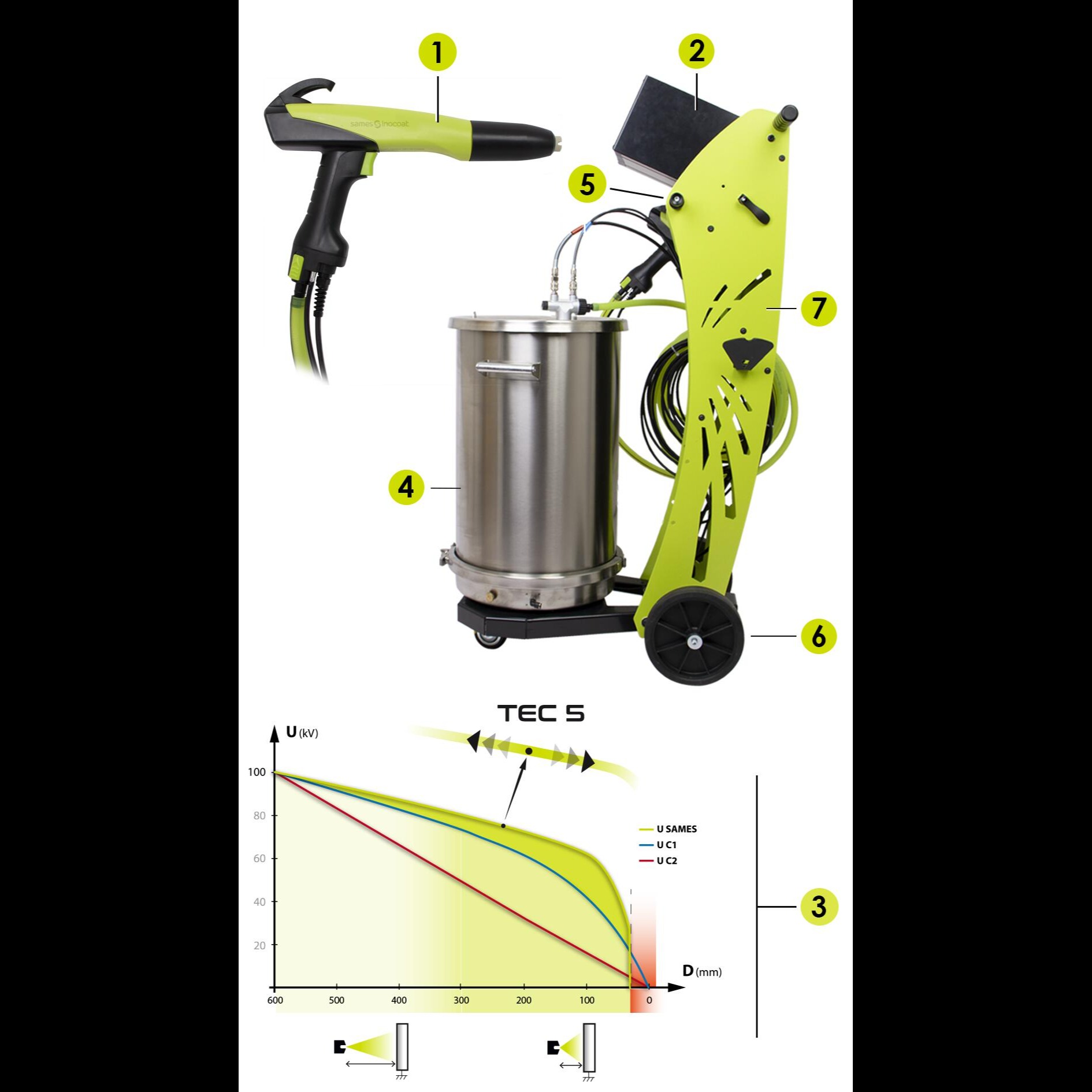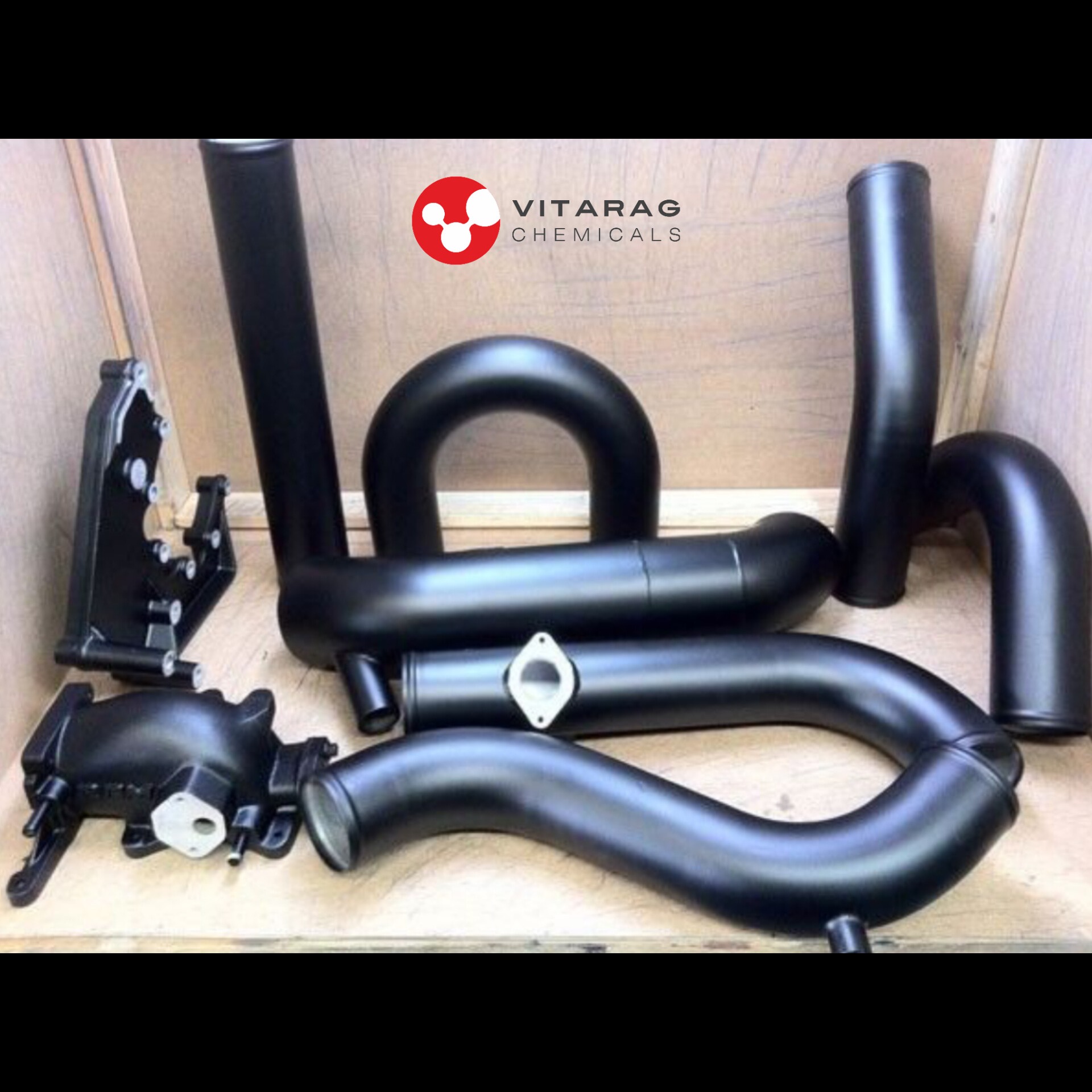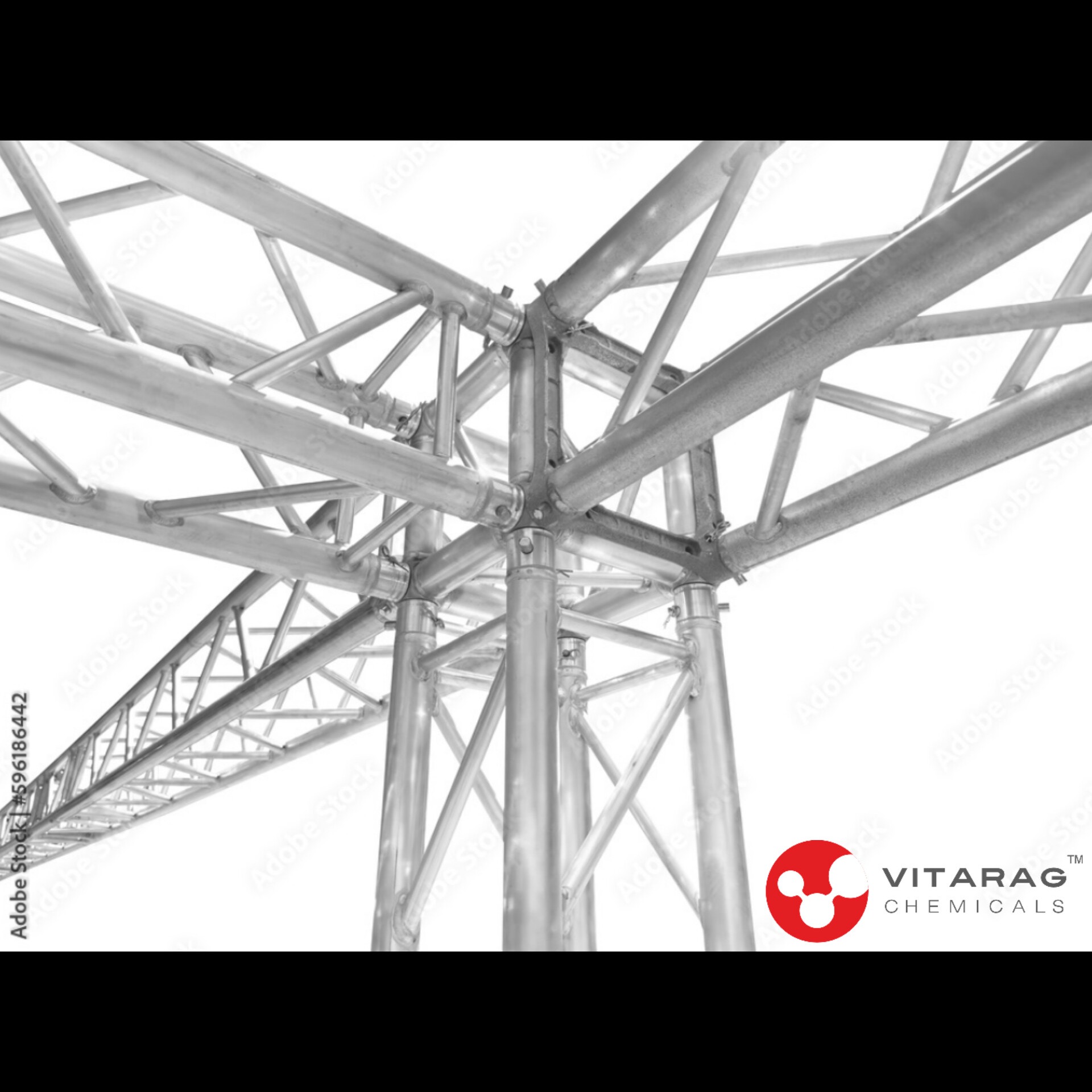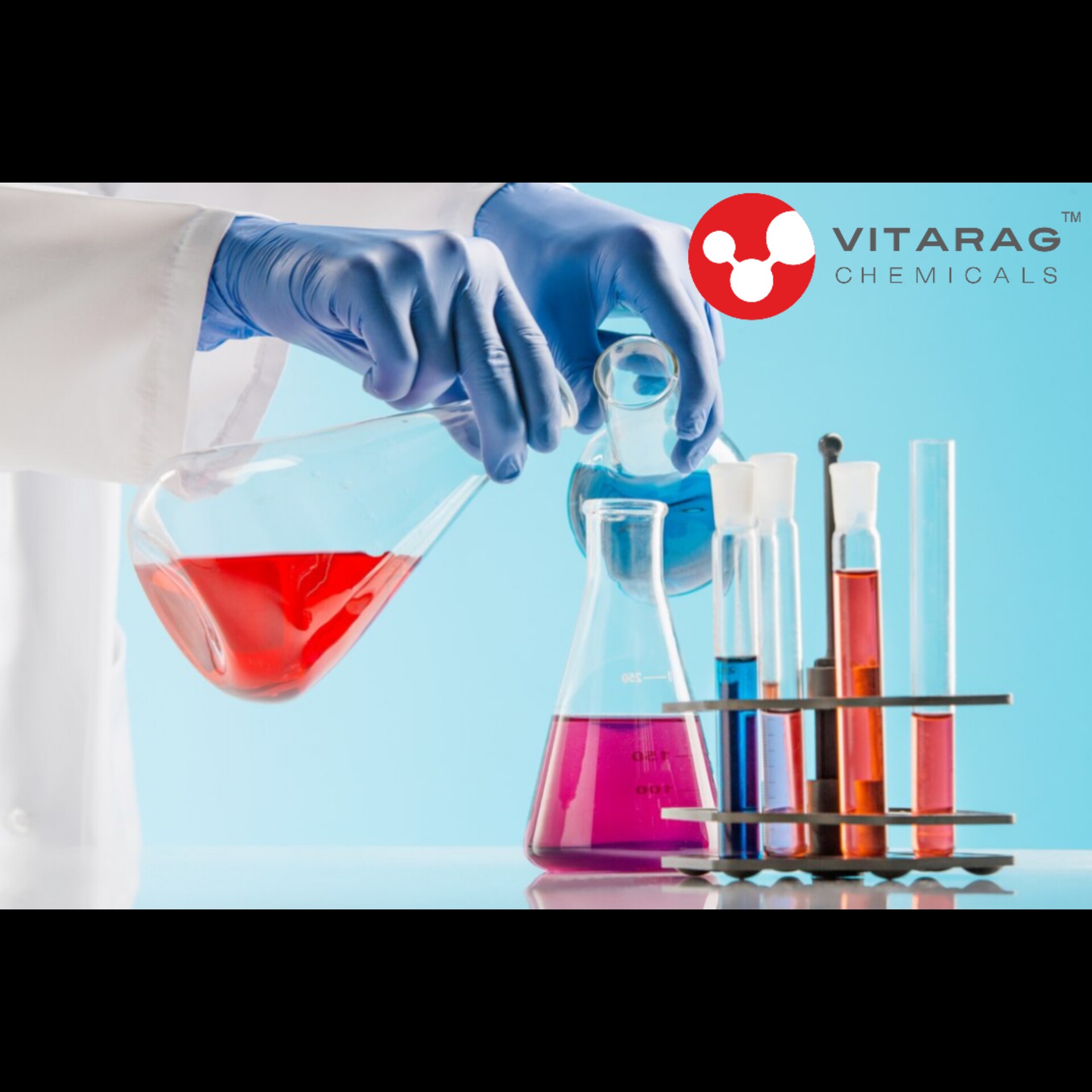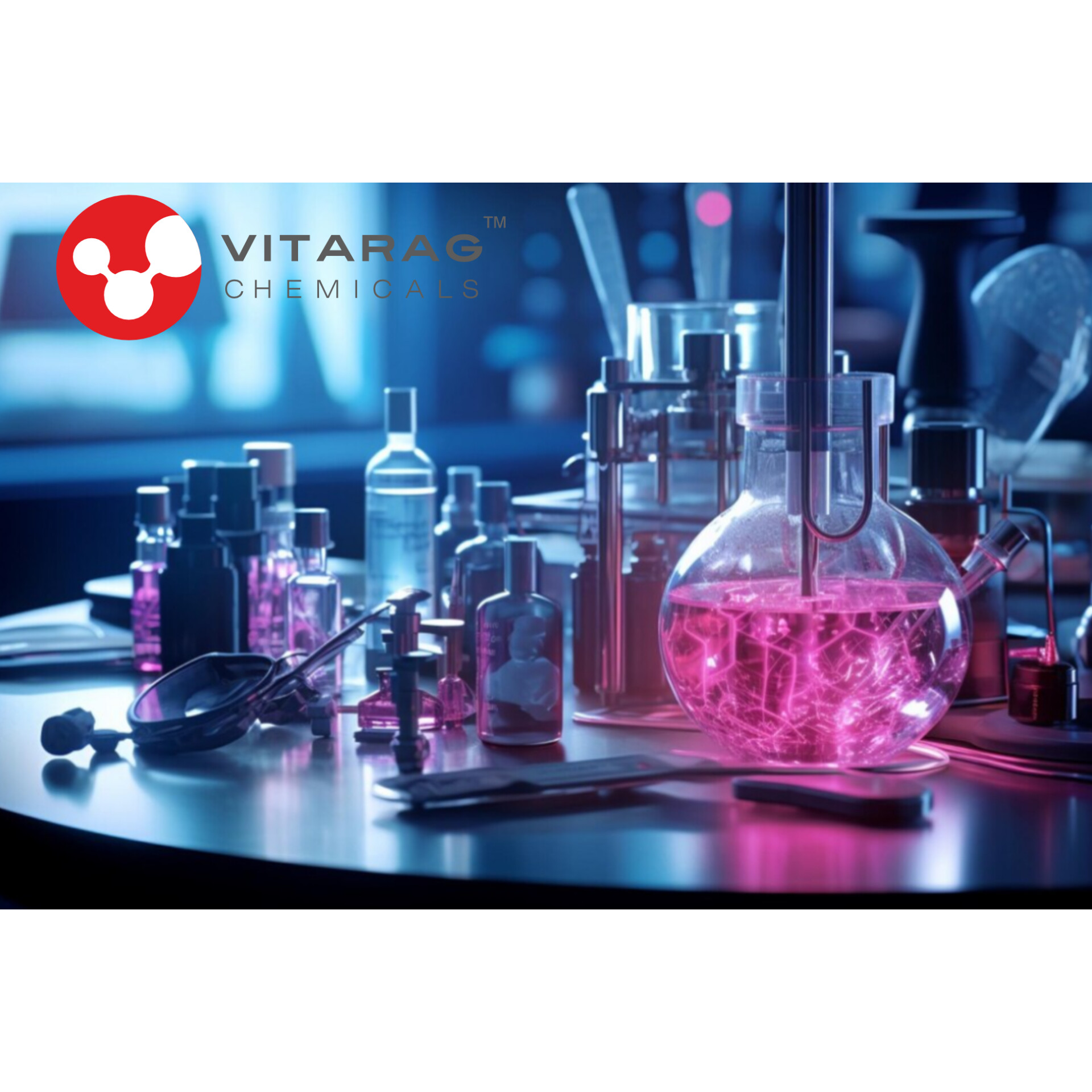
Passivation of Stainless Steel
* Passivation of Stainless Steel: Process & Benefits
- Passivation is a chemical treatment used to enhance the corrosion resistance of stainless steel by removing free iron and forming a protective oxide layer. This process is widely used in industries like aerospace, medical, food processing, and manufacturing.
1. Why Passivation?
- Removes Free Iron: Eliminates contaminants from machining, handling, or fabrication.
- Enhances Corrosion Resistance: Forms a passive chromium oxide layer that prevents rust.
- Improves Cleanliness: Reduces contamination risks in critical applications (e.g., medical and food-grade stainless steel).
2. Passivation Process
Step 1: Surface Preparation
Cleaning: Remove dirt, oil, and grease using an alkaline cleaner or degreaser.
Mechanical Treatment (If Needed): Grinding, blasting, or pickling may be required for heavy contaminants.
Step 2: Chemical Passivation Treatment
Submerge in Acid Bath: Stainless steel is immersed in a passivating solution (usually nitric acid or citric acid). #Passivation Chemical Manufacturer.

